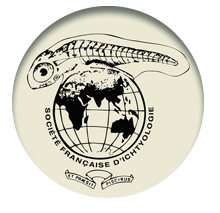Life-support system of the Prince Edward Archipelago: overview of local and advected resources
How to cite: Gurney, L. J., Pakhomov, E. P., & Hunt, B. P. V. (2011). Life-support system of the Prince Edward Archipelago: overview of local and advected resources. Cybium, 35(SP): 217-232. https://doi.org/10.26028/CYBIUM/2011-35SP-025
A conceptual model called the ‘Life Support System’ (LSS) exists for the Prince Edward Islands (PEI), which describes the contributions of local and advected production sources to the island system. The aim of this study is to quantify, for the first time, the relative importance of these sources of primary production to the PEIs food web at a range of spatial scales. A set of four nested mass-balanced ecosystem models of decreasing size, centered on the islands were created. Each model consisted of 21 functional groups constructed using fifty years of biological research including recent stable isotope studies to represent the ecosystem in the 1980s. Advected allochthonous resources were found to dominate the system at all but the smallest spatial scale, where autochthonous local resources were important. Macrophytes were found to be the most important local resource, with this production entering the system directly as well as in its detrital form. Island-associated blooms were found to contribute the least to the system. Incorporation of the microbial food web into the model would improve the understanding of the system, which requires further investigation.


